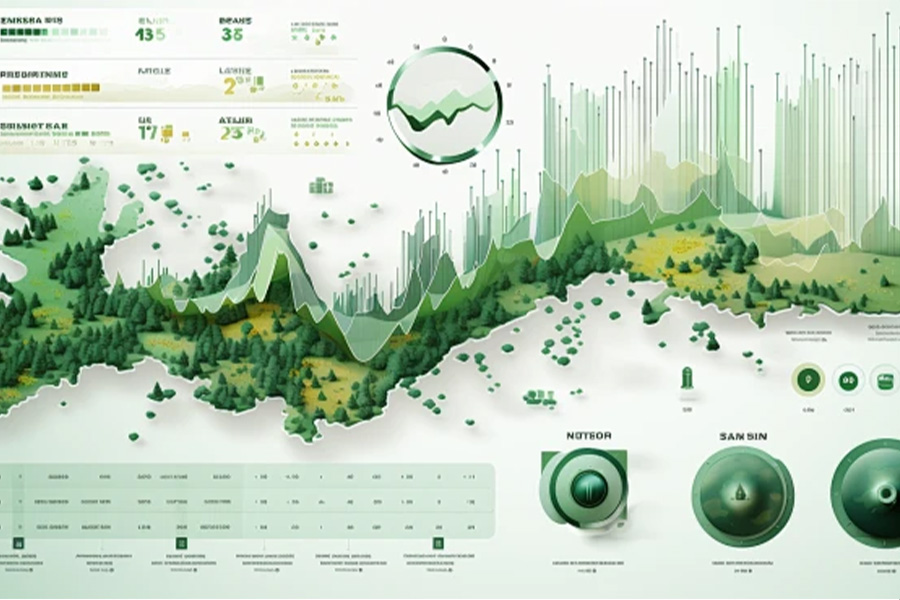In the realm of forestry management, the integration of traditional practices with modern technology represents a sophisticated and forward-thinking approach. This blend not only honors the wisdom of centuries-old techniques but also leverages the advancements of contemporary science and engineering to enhance the sustainability and productivity of forest ecosystems.

Traditional forestry practices have been refined over generations, often drawing upon indigenous knowledge and local environmental observations. These practices often emphasize harmony with nature, aiming to minimize disturbance to forest ecosystems while ensuring the continued availability of resources such as timber, fuel, and non-timber forest products. Techniques like selective cutting, which involves removing only certain trees while allowing others to continue growing, are hallmarks of traditional forestry wisdom. Additionally, the use of natural regeneration methods, where forests are allowed to replenish themselves through seed dissemination and natural growth, underscores a deep respect for the cycles and rhythms of nature.
However, as the demands on forest resources increase and the impacts of climate change become more pronounced, it is increasingly important to augment traditional practices with modern technology. Modern forestry management benefits from advancements in remote sensing, data analytics, and precision forestry tools. Satellites and drones equipped with high-resolution cameras and spectral sensors can provide detailed maps of forest cover, tree health, and biodiversity. This information allows forest managers to make informed decisions about where and how to intervene, minimizing the footprint of human activity while maximizing ecological benefits.
Data analytics plays a crucial role in this integration. By collecting and analyzing vast amounts of data from various sources, forest managers can identify trends, predict future conditions, and design strategies that balance ecological, economic, and social objectives. Machine learning algorithms, for instance, can process this data to predict forest growth patterns, disease outbreaks, and wildlife habitat suitability, enabling proactive management rather than reactive interventions.
Precision forestry tools, such as GPS-guided machinery and automated tree planting systems, further enhance the efficiency and accuracy of forest management activities. These technologies enable foresters to target specific areas with greater precision, reducing waste and ensuring that interventions are both necessary and effective. Automated systems can also help to maintain and restore forest ecosystems by planting trees in strategic locations, enhancing biodiversity, and promoting natural regeneration.
The integration of traditional practices with modern technology is not merely a technological exercise; it is a philosophical shift towards a more holistic and adaptive approach to forestry management. By combining the wisdom of the past with the capabilities of the present, forest managers can create resilient and productive forest ecosystems that meet the needs of both present and future generations.
Moreover, this integration fosters a culture of continuous learning and adaptation. Traditional practices, passed down through generations, offer a wealth of knowledge and insights that can inform modern technological solutions. Conversely, modern technology provides new tools and methods for assessing and managing forests, which can refine and enhance traditional practices. This mutual enrichment creates a dynamic and evolving framework for forestry management that is both respectful of history and forward-thinking.
In conclusion, the convergence of traditional practices and modern technology in forestry management represents a powerful and transformative force. It allows us to harness the best of both worlds, combining the deep wisdom of indigenous and traditional knowledge with the innovative capabilities of modern science and technology. As we face the challenges of the 21st century, this integrated approach offers a promising path towards sustainable and resilient forest ecosystems that can support the diverse needs of human societies and natural environments alike.

 Return
Return


